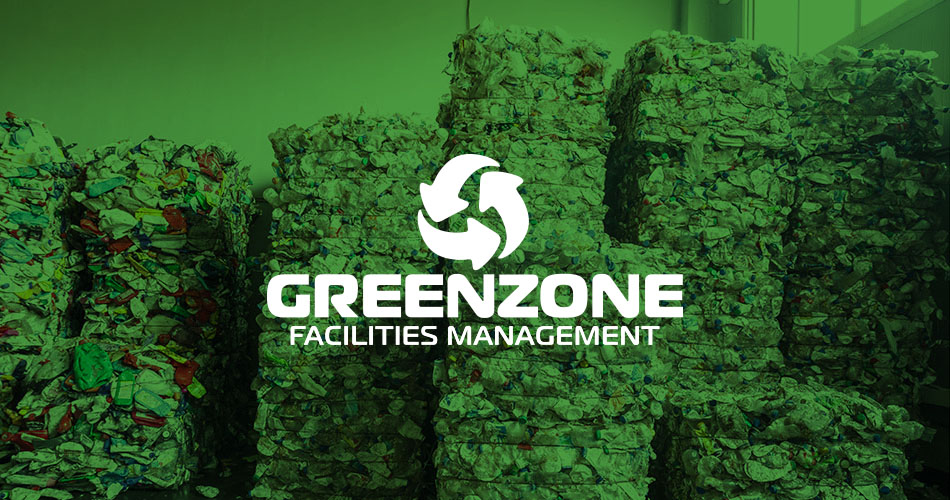In order to keep food on grocery store shelves and reduce the negative environmental effects that single-use packaging potentially causes, we must find ways to make biodegradable food packaging more cost-effective.
Take Ecovative‘s innovative mushroom packaging solution we covered, for example. However, they’re not the only company pushing the compostable packaging market forward.
Here are six products we’ve found that are truly good to the last bite
1. The Edible Cup
Loliware created a biodegradable and edible cup. The cup, made from agar or seaweed extract, comes with different flavors like yogurt, cherry, and grapefruit.
2. Spooning with Sorghum
Forty billion plastic utensils are thrown into U.S. landfills every year, but Bakeys has a solution for the waste created by plastic utensils.
Made from rice, wheat, and sorghum, these spoons are vegan-friendly and biodegradable.
Sorghum was selected for its hardy and resilient qualities. For one, it can grow in depleted soils and arid environments. You’ll be happy to know the spoons don’t get soggy in soup, either.
Read More: Researchers Create a Commercially Scalable Bioplastic
3. Ring Leader
Who doesn’t like a beer after a long workday? I’ll tell you who: turtles who get stuck in your thrown-away plastic six-pack ring holders.
To combat this, the Saltwater Brewery developed a circular process by reutilizing natural by-products of beer production to create edible ring holders made from wheat and barley
.4. Casein Point
The milk protein casein could be used to develop biodegradable and edible alternates to plastic film like Saranwrap. However, concerns over potential allergies and expansion of the dairy industry make this a contentious product.
Read More: Beyond Veganism: The Rise of Antispecism
5. Bottle it up
Skipping Rocks Lab has developed an answer to the 38 billion plastic water bottles that are thrown away annually in the U.S. alone.Ooho containers are made from biodegradable seaweed and calcium chloride, and the package looks more like a silicone implant. You can burst the baggy open and consume guilt-free.
6. The Incredible, Edible Egg
In 2012, David Edwards launched WikiCells, an edible packaging for foods and liquids. WikiCells mimic an eggshell and are made of charged polymers and food particles that can be filled with many things like orange juice, wine, or chocolate.
Orginal Source

